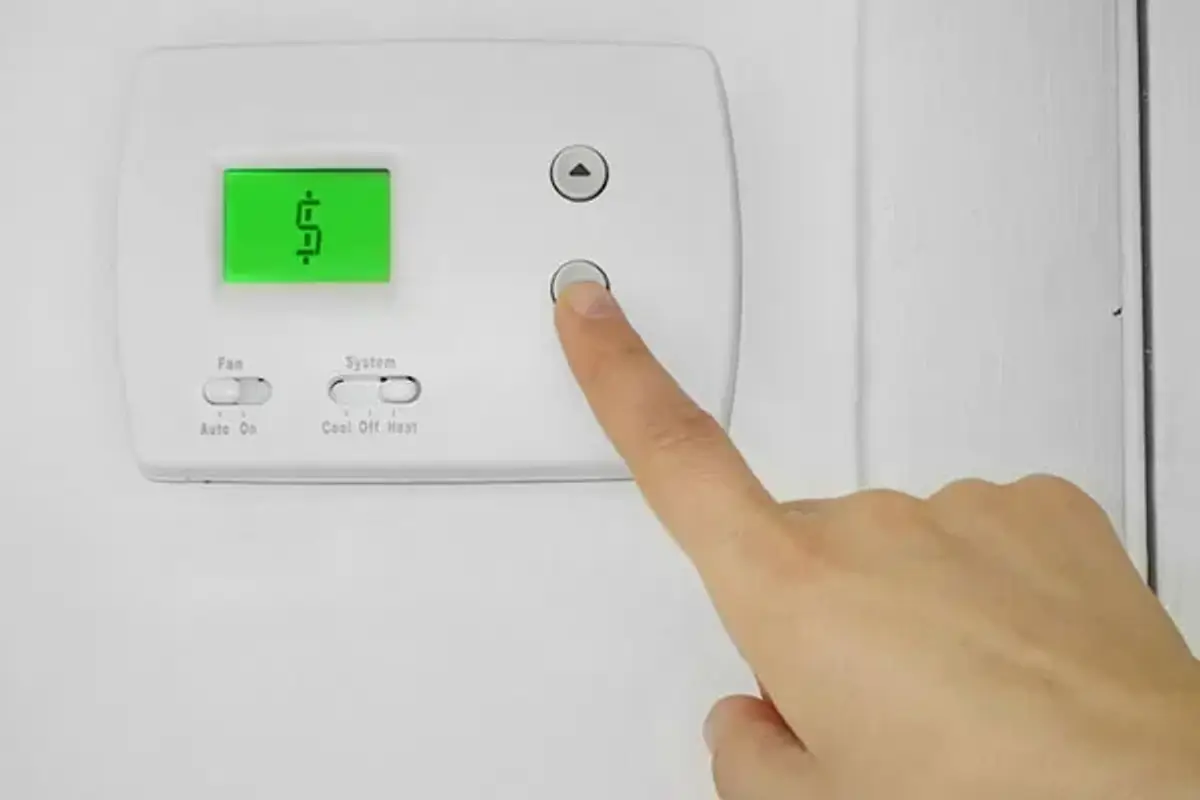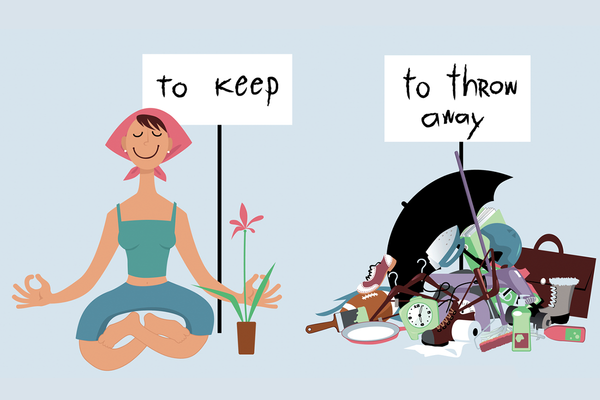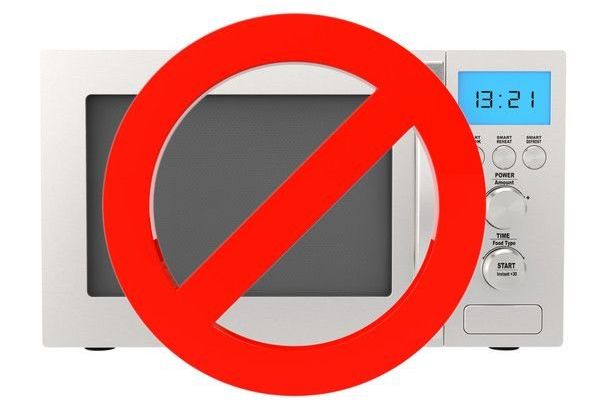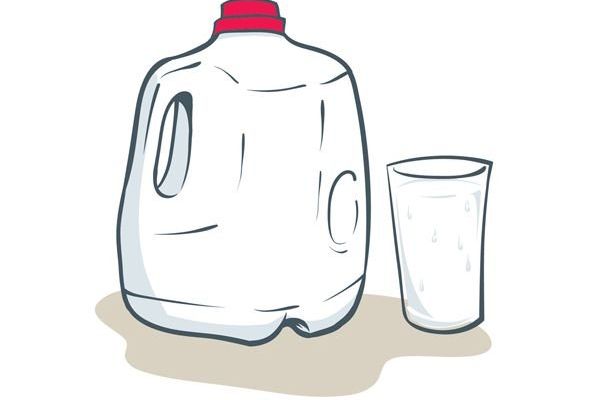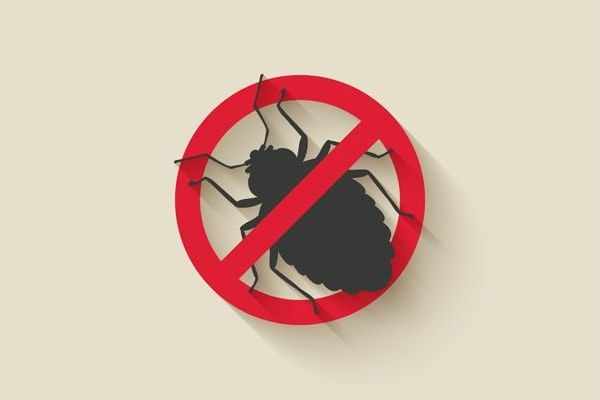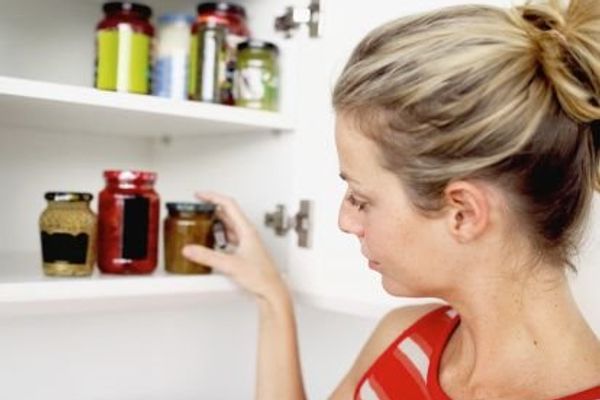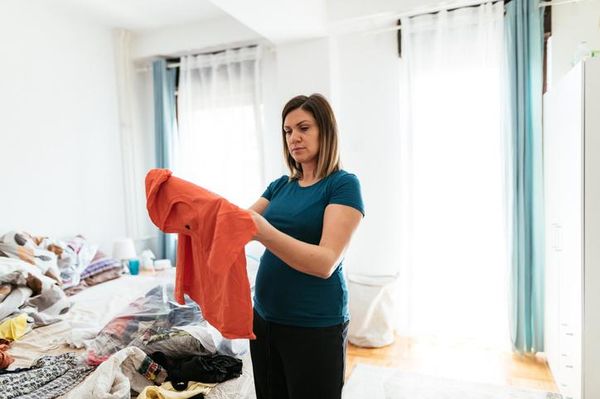Just about everyone cranks up the heat as the temperature plummets. But you likely let out a groan when your sky-high heating bill arrives. You have no choice but to pay the financial consequences of keeping warm.
That doesn't have to be the case. To help avoid heating headaches, follow these tips to help reduce the cost to stay cozy and toasty this winter.
1. Conduct an energy audit. A home energy audit, also known as a home energy assessment, can help you understand your home's energy use. You'll figure out how much energy your home uses, where it's losing energy and what areas of your home you should fix first. You can have it done professionally or do it on your own.
2. Clean or replace filters as needed. If a filter is dirty, air doesn't flow as efficiently. And that increases your energy use.
3. Get your system serviced. Having your heating system tuned up will help it run more efficiently and make it last longer.
4. Upgrade your system. If your system is old, consider upgrading it to one that runs more efficiently and perhaps choosing a more energy-efficient fuel source (and you may get a tax break, too).
5. Let the sun shine in. Windows are a major source of heat loss. Open your drapes, curtains and blinds to let sunlight heat your home for free, says the U.S. Department of Energy (DOE). Consider trimming shrubs or trees that prevent the sun from coming into the windows. Close window coverings once the sun sets to reduce the chill from windows and keep heat inside.
6. Invest in a programmable thermostat. Here, you can preset your thermostat so it's lower at night and when you're out of the house. Then, you can set it to be higher by the time you're home. Yes, you can try your best to remember to turn it down when you go to sleep or leave the house. But a programmable thermostat does that all for you. That way, you won't waste money heating an empty home.
7. Bulk up on warm stuff. Add blankets, a down comforter and flannel sheets to your bed so you can comfortably reduce your thermostat at night. Put on a heavy sweater, fuzzy slippers, warm socks and other cozy layers instead of cranking up the heat. Snuggle with throw blankets on the sofa. And insulate the floor with an area rug.
8. Heat only the rooms you use. Seal and close vents in rooms that you don't use often, such as large storage areas or guest rooms. Direct air flow to ones that you use the most.
9. Take advantage of your ceiling fan. You may not realize that ceiling fans are not only useful for cooling you in warmer weather, but they can also help promote heat in the winter. Set the fan to a low speed and clockwise rotation to push the warm, hot air trapped at the ceiling back down into the room.
10. Invest in a humidifier. A humidifier can add moisture to the air. It will feel warmer and hold the heat better.
11. Lock windows and doors. This way, cold from the outside won't get in.
12. Replace old weather stripping. Weather stripping around windows and doors that is old, torn and worn will create drafts, letting in cold air and letting out the warm air.
13. Add caulking. Fill gaps around window frames with caulking or expanding foam on the interior and exterior. Seal small gaps in spots such as where pipes, gas lines or electrical cables go through the wall. Gaps let in outside air and are potential places that bugs and mice can enter the home.
14. Reorganize your rooms. Reposition furniture to interior walls and closer to heat sources like the fireplace. Older windows and exterior walls will be colder and more drafty.
15. Insulate your attic. If your attic isn't insulated properly, cold air will go through the roof to the attic floors to the rooms below. Newer homes should be properly insulated. But if your home is older, make sure you have enough insulation.
16. Install heavy shades. Tight-fitting, thermal or quilted shades or drapes can add more insulation to windows that feel drafty even after you weatherize them.
17. Apply window film. Cover windows and sliding patio doors with a clear transparent plastic film to help reduce heat loss. The film won't change the window or building structure.
18. Adjust doors. If you can see daylight beneath your front door, then you're losing heat. Fix the door threshold as needed.
Above all, remember to heat your home safely. Don't use the stove or oven to heat your home as it can expose you to potentially deadly carbon monoxide, a colorless, odorless and poisonous gas.

